
45 SQL Tuning Techniques You Can Use Right Away in Practice
codingkorea
A DBA instructor with 30 years of experience teaches 45 essential SQL tuning techniques that can be immediately applied in practice through real-world examples. Master the practical know-how to make slow queries 10 times faster, from execution plan analysis to index optimization and join tuning!
初級
SQL, Oracle, Data Engineering












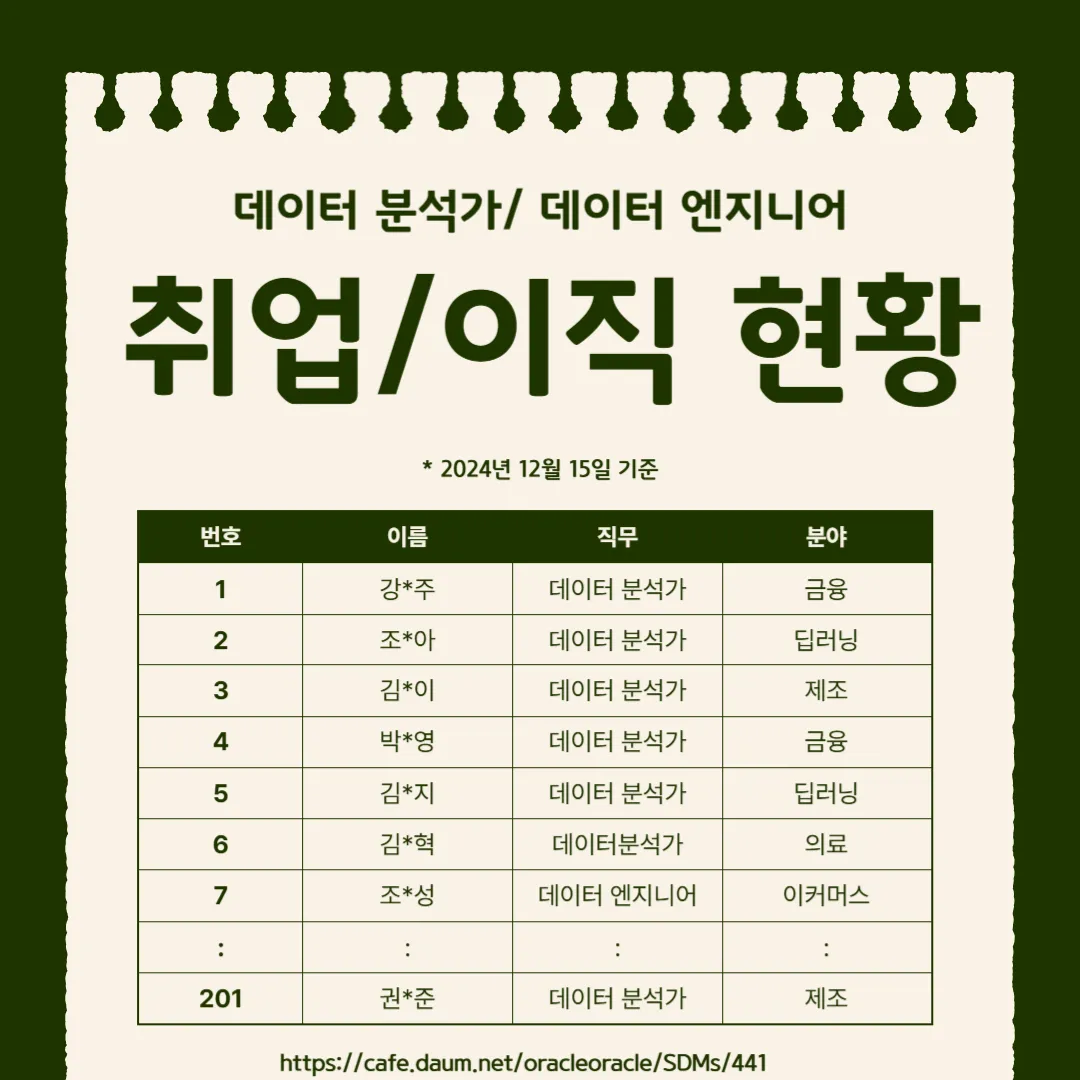
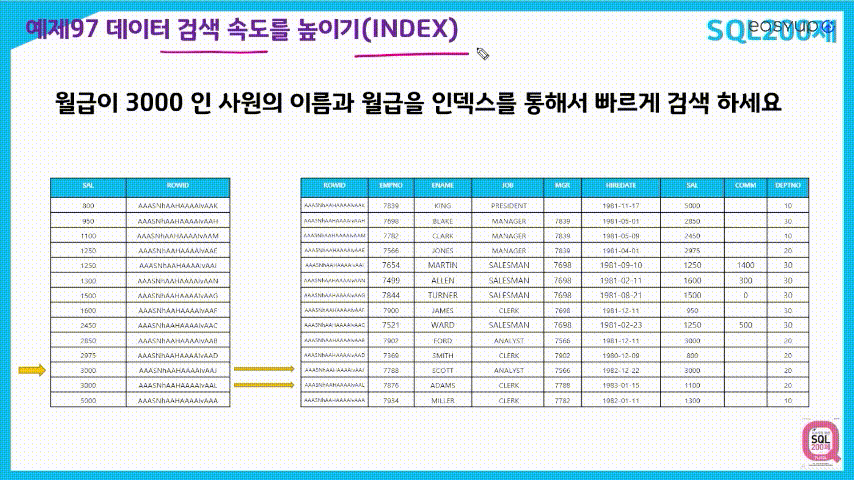

![[2025 Latest Exam Questions Reflected] Big Data Analytics Engineer Practical Exam 100% Pass! The Pattern of Past Exam Questions Becomes Clear!講義サムネイル](https://cdn.inflearn.com/public/courses/335192/cover/99e36628-6e8d-4403-bfe3-7f5d5844aa9a/335192.jpg?w=420)
![[SQL Automation] PL/SQL for Immediate Practical Use講義サムネイル](https://cdn.inflearn.com/public/courses/335572/cover/83a6803d-7abf-4620-ac78-18aca195402d/335572.png?w=420)
![[Problem-solving Class] 50 SQL Query Problems to Tackle Seriously (Part 1) - Coding Test Preparation講義サムネイル](https://cdn.inflearn.com/public/courses/329259/cover/3ca9b590-0054-47f2-8234-a21d4d4beb19/329259.png?w=420)
![[Zero To SQL] The Easiest SQL Course for Immediate Use Even by Non-Majors | Planners/Marketers/Sales/Data講義サムネイル](https://cdn.inflearn.com/public/files/courses/338120/cover/01k5phvgb21v638vyanc6stcym?w=420)

![[Marketing Archive] Big Data-Driven Marketing Strategy講義サムネイル](https://cdn.inflearn.com/public/files/courses/339225/cover/01k7e89h4d1fkmcr1bwfh1j33h?w=420)


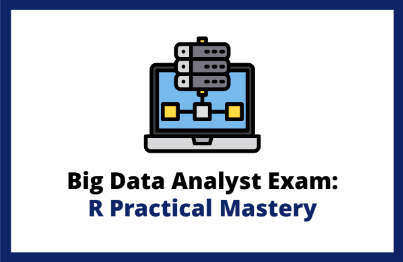

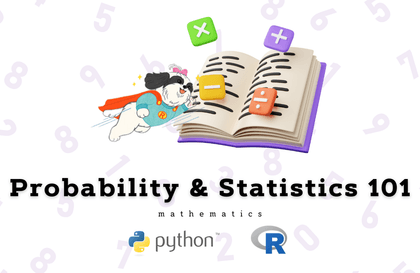
![[After Work Side Projects] Big Data Analytics Engineer Practical Exam (Task Types 1, 2, 3)講義サムネイル](https://cdn.inflearn.com/public/courses/329972/cover/dcfb28fd-48c1-4bb1-ab31-d59eac874194/329972-original.png?w=420)
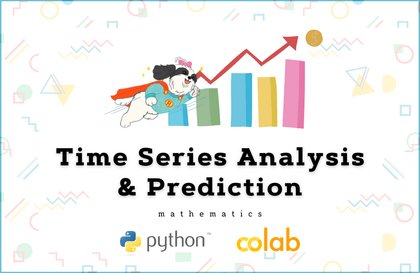

![Data Analyst, Which Company Should I Go to? [Datarian Seminar Replay | July 2024]講義サムネイル](https://cdn.inflearn.com/public/courses/334459/cover/22684393-748c-43e3-8282-fcd6fee701d9/334459.png?w=420)





